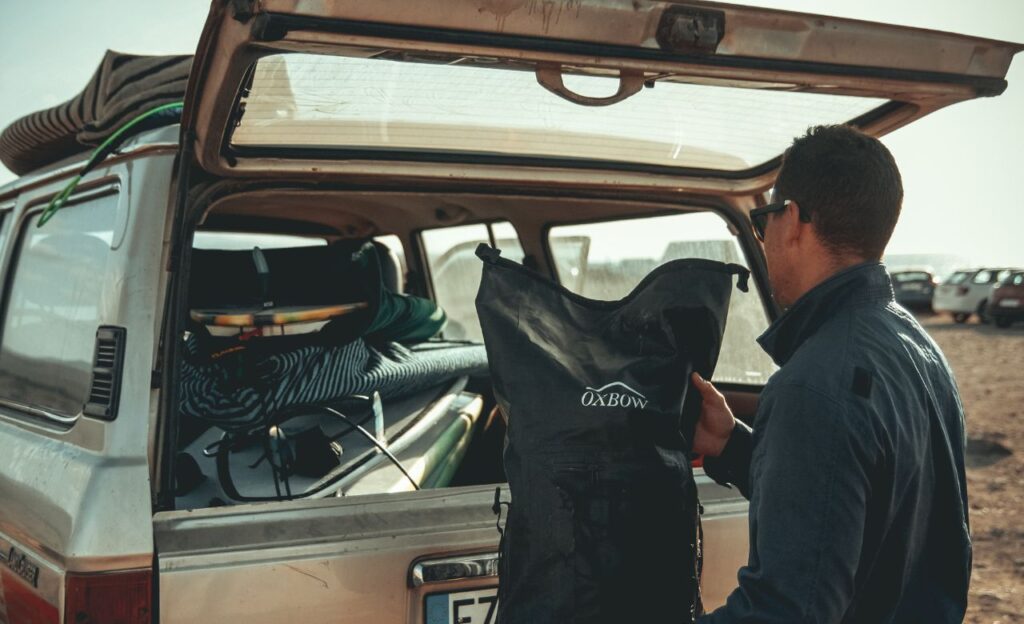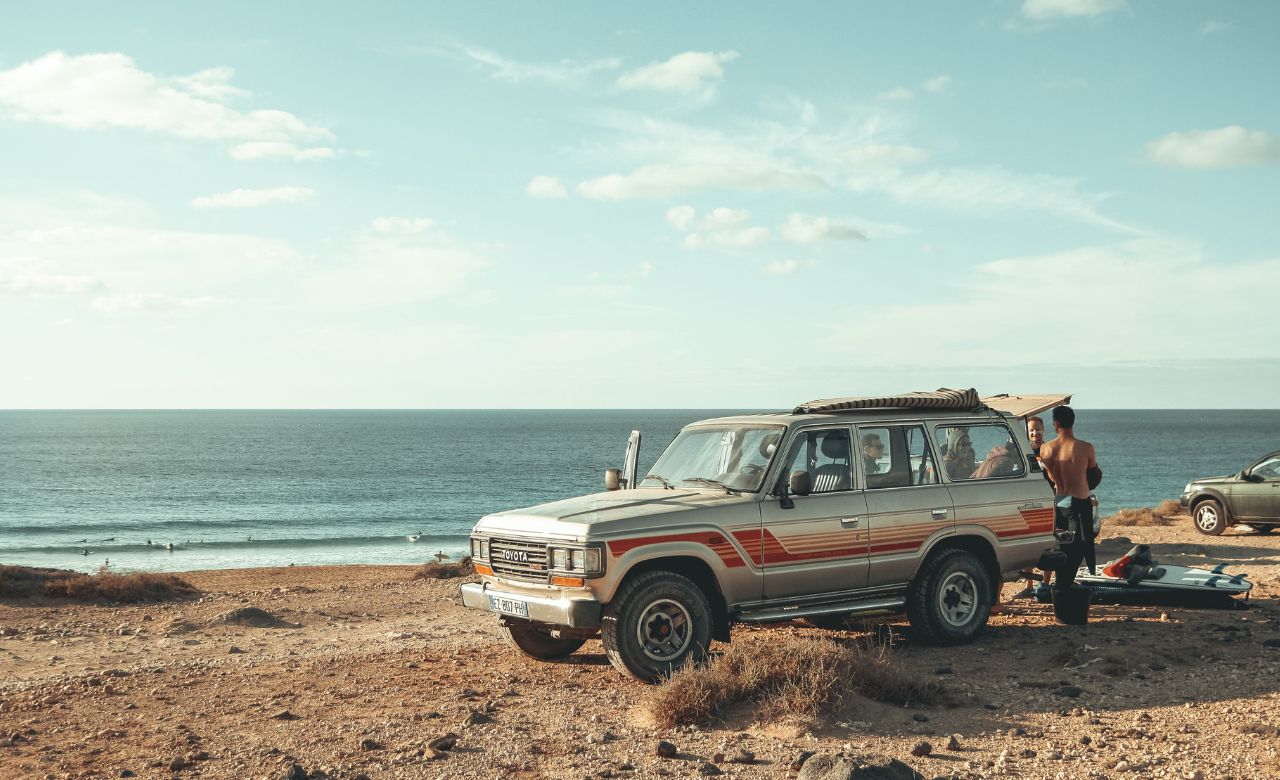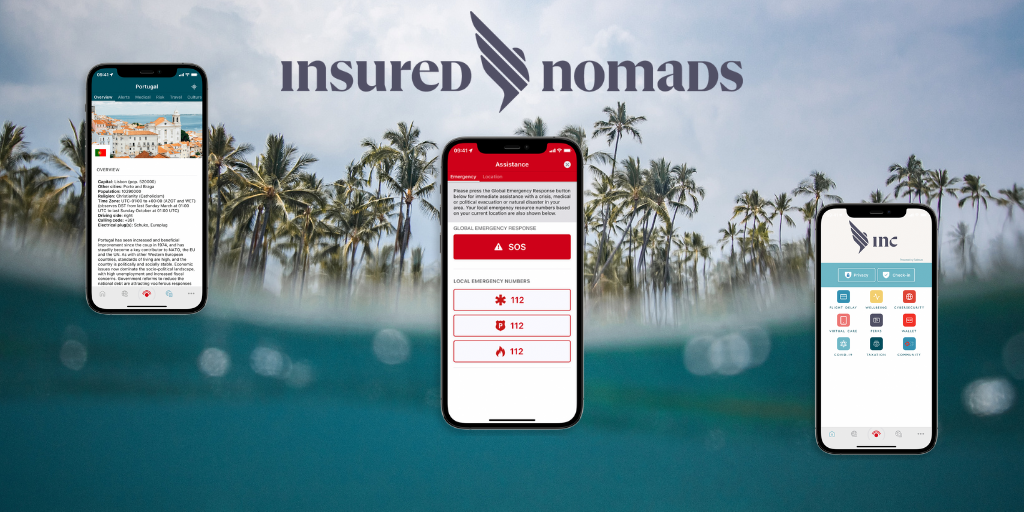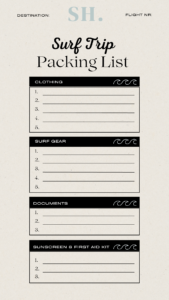There comes a time in every surfer’s life when they say “Bugger it!” and book a trip to a dreamy surf destination somewhere far away. But unless you know how to plan a surf trip properly, you might not be taking full advantage of your time off.
To ensure you don’t get skunked (surf slang for when your surf trip goes terribly), we asked a bunch of first-time surfers and seasoned travellers how to plan a surf trip to perfection.
We can now say with confidence that the following tips will make booking your next surf trip infinitely easier!
Step 1: Planning your trip
Pick the right surf destination
The first (and some may say most fun) part of booking a surf trip is deciding where to go. Are you craving exotic Indonesian waves or would you prefer the rugged coast of Portugal?
Simply ask yourself whether you want to surf in warm or cold water and what type of climate you prefer – this is a great place to start when choosing a surf destination. Then, research when the best surf season for your skill level occurs in that country.
For example, beginners will be more comfortable surfing in the summer or dry season months due to the smaller waves, while an advanced surfer might prefer the autumn and winter months or the wet season at surf destinations.
[ Get destination inspiration from these creative surf maps by: Awesome Maps™. Get 10% off your first order by using our discount code: SURFERSHYPE ]
Determine whether it will be a group- or solo surf trip
Once you have your destination, it’s time to ask your mates if they fancy coming along.
After all, it’s always easier to travel with surf buddies. And group surf trips allow you to split certain costs (taxis, food, etc.). But a solo surf trip has its perks too.
You can go where you want when you want without having to compromise. Then again, who’ll remind you of all the silly stuff you did if you go alone? If you go alone, you might want to consider staying at either a surf camp or a hostel where it’s easy to meet new surf buddies.
Reserve your flights as early as possible
It’s the golden rule of booking flights: the earlier you do it, the cheaper they are.
Jump on a flight aggregator like Skyscanner to find the best deals. And don’t forget to sign up for email alerts in case the price of your desired flights drops. Nobody wants to wake up after delaying booking a flight, only to find the price has jumped hundreds of dollars.
Choose the right accommodation type (surf camp, surf house, Airbnb etc.)
Do you want a fully-catered surf trip? Or are you comfortable simply staying in accommodation with other surfers? Perhaps you would prefer to book an Airbnb so you can cook for yourself
What you choose comes down to budget, group size and personal preference. So, do your research and decide what type of accommodation is best for your surf vacation goals.
Step 2: Essential documents
Make sure to purchase travel insurance
If you can’t afford travel insurance, you can’t afford to travel. And while we can’t say unequivocally who the best travel insurance provider is for your circumstances, Insured Nomads is definitely at the top and has become our go-to choice.
This app-based travel insurance is suitable for touring surfers and travellers in general. And with health and medical insurance plus equipment coverage services, they’ll ensure you get the help you need and are never left out of pocket.
Take care of the relevant travel documents and forms
Nothing makes the blood run cold like realising your passport expires in two weeks.
Likewise, with Covid-19 restrictions still in place in certain countries, you may need to undergo a test or apply for a visa.
The last thing you want is to get to the airport only to be turned away because you don’t have the right documentation. So be sure to check government and airline websites to ensure you have everything you need before departing.

Step 3: Packing
Pack correctly for your chosen destination
When it comes to learning how to plan a surf trip, packing correctly is right up there.
Different surf destinations call for different types of surf gear. What’s more, not all countries have the products that you might rely on back home.
Without going overboard, it pays to prepare a surf trip packing list. This should consist of not only what you need for the specific destination, but also surf trip essentials like wax, extra leg ropes and even medical supplies.
For example, a trip to Morocco might require you to bring Imodium tablets while a trip to Bali might mean packing mosquito repellent or antiseptic wipes for reef rash.
If in doubt, do your research. And remember that if worse comes to worst you can probably buy or borrow items from fellow surfers and surf shops.
Find out whether bringing a surfboard is necessary
You might be tempted to bring your beloved surfboard on your trip. But unless you’re a seasoned surf traveller that absolutely needs their board, it’s probably not worth the hassle (or expense).
Instead, consider renting a board when you arrive at your destination. This way, you won’t have to worry about lugging it around with you or damaging it in transit. Plus, you’ll save money on notoriously exorbitant surfboard bag fees.
Step 4: Final preparation
Learn a bit of the language (if relevant)
It never hurts to learn a few words and phrases in the local language like “Thank you” or “Please”. Not only will this help you get by, but it will also endear you to the locals. And who knows? They might even give you a few tips on where to find the best waves.
Be mindful of local customs and etiquette
We totally understand if you’re stoked to get out there and surf great waves as soon as possible. But it pays to be respectful of local customs, especially if you’re visiting a place for the first time.
In some places in Indonesia, for instance, it’s considered disrespectful for females to wear revealing clothing. There are also other places where taking a cameraperson to the beach to film your session is a big no-no.
Prep your phone and bank cards for overseas travel
Last but not least, don’t commit the rookie error of not preparing your phone and bank cards for overseas travel.
Be sure to notify your service provider of your upcoming trip so that you don’t get hit with a huge bill when you get home. As for your bank cards, check with your financial institution to see if they charge overseas transaction fees on surf vacations.
For more detailed information on how to plan a surf trip, check out the surf travel page on our website. And remember that by following these simple steps, you’re one step closer to the perfect surfing adventure.
Empty waves and fun times await!





